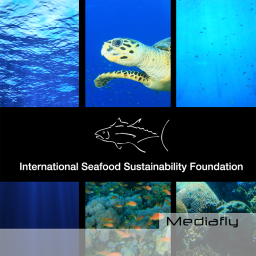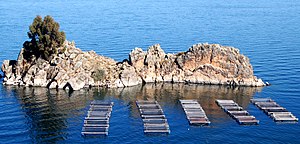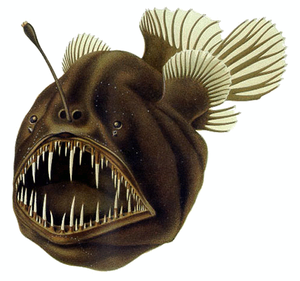I think there might be another great bookmark to add to your ocean facts files! Please spend some time reviewing this great new resource, a marine life encyclopedia, compiled by Oceana. Over 500 creatures, places, and concepts can be explored. The pictures are bright and colorful and the information is up-to-date and easy to digest. It seems fantastic if you want a quick answer to a question.
Even if you think you know all the answers, test yourself with this Ocean IQ quiz!
The content on the marine life encyclopedia site has been licensed to Dorling Kindersley, one of the world’s leading educational publishers.















What people are saying …